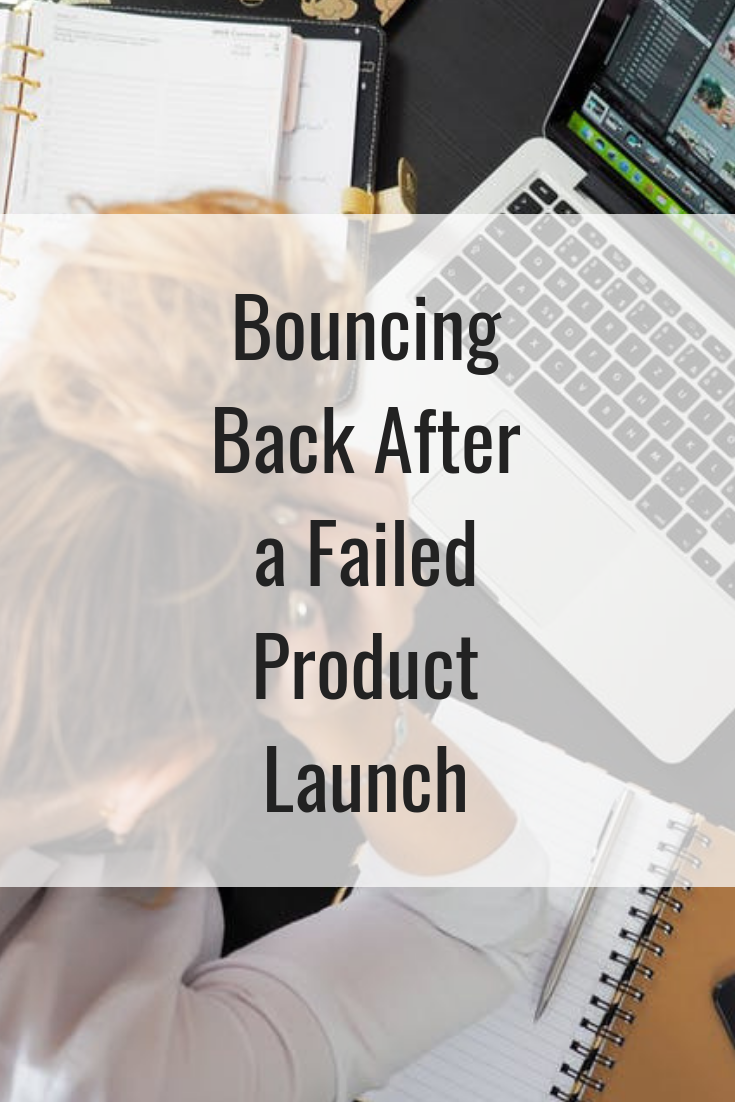After you’ve worked so hard on getting the product right, it might seem as if all is lost when you realise it crashed completely. A lot of resources go into building a brand new product or service, and we spend so much time and money into marketing the product as well – so when it’s an utter fail, we might as well just give up and go home, right?
Luckily, many businesses experience this several times during their life on the market, and there is a lot you can do to learn from those mistakes. It might even make your business better, in the long run, and ensure that your customers stay even more loyal.
Here is a handful of excellent ways to bounce back after a failed product launch so that you can make the next one way better, and give your customers exactly what they’re looking for.

First: Gather all the necessary data
There is no way you’re going to learn from this if you just block out everything that has to do with the product launch. The secrets are, of course, in the data – and by studying it, you’ll be able to understand why it was such a fail.
It’s a good idea to reach out to those who tried your product as well, by the way, for some in-depth information on what they didn’t like about it as well as what they actually liked. Let them know that you’re looking to improve the product and make the experience better for them, and treat them to a free sample of something by giving you their information.
That way, you’re taking care of the customers you have at the same time as you’re improving your product.
Next: Tweak your product or service
From the customer data, you may realise that there was actually nothing wrong with the product at all but rather the market. This is a valuable insight as you might not have to spend any resources on changing it, but can focus on putting that money into digital marketing and getting the right kind of audience to see it instead.
The data may, on the other hand, tell you that something was indeed wrong with the product – and now you’ll need to focus on fixing it. It’s important that you don’t skimp on this one as you’ll not only risk getting it wrong for the second time – but your existing customers may start to lose interest as well.
Let the ones who helped you out with data and insight know that you’ve taken their feedback to heart, and improved the product according to what they had to say.
Give them a free sample of the new and improved version as well, and ask for their opinion on the product. That way, you’ll know for sure that you’ve fixed whatever they disliked about it – and they will feel valued at the same time.
The launch of a product comes with a lot of pressure to succeed. Needless to say, this doesn’t always happen, and it’s important that you have the strength and resources to bounce back in case of a complete crash and burn so that the next launch can be successful.

This is a collaborative post.

